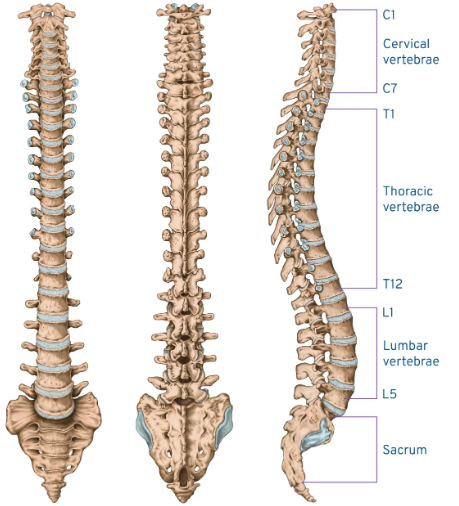
What is a cervical epidural injection?
A cervical epidural injection is a shot of medicine in your neck. The injection goes into the area around the spinal cord in your neck. A doctor may give it to you to help with pain, tingling, or numbness in your neck, shoulder, or arm.
This injection may have both a steroid, which reduces swelling and pain, and a local anesthetic, which numbs the nerves. Or ti may only have a steroid. Some people get a serious of these injections over weeks or months.
How is a cervical epidural done?
The doctor will use a tiny needle to numb the skin where you are getting he injection.
After skin in numb, your doctor will use a larger needle for the epidural injection. He or she may use X-ray or ultrasound to help guide the needle. you may feel some pressure. But you should not feel pain.
It takes about 10 to 15 minutes to get this injection. You will probably go home about 20 to 30 minutes after you get it. You will need someone to drive you home.
What can you expect after a cervical epidural?
If your injection included local anesthetic medicine, your neck, shoulder, arm, or hand may feel heavy or numb right after the shot.
With local anesthetic, your pain may be gone right away. But it may return after a few hours. This is because the steroid hasn’t started working yet. Before the steroid starts to work, your neck, shoulder, or arm may be sore for a few days.
These injections don’t always work. When the do, it takes 1 to 5 days. The Pain relief can last for several days to a few months or longer. Some people are dizzy or feel sick to their stomach after getting this shot. These symptoms usually don’t last very long.
You may want to do less than normal for a few days. But you may also be able to return to your daily routine. If your pain is better, you may be able to keep doing your normal activities or physical therapy. But try not to overdo it, even if your pain has improved a lot. If your pain is only a little better or if it comes back, your doctor may want you to get another injection in a few weeks.
If your pain has not changed, talk to your doctor about other treatment choices.
Follow-up care is a key part of your treatment and safety. Be sure to make and go to all appointments, and call your doctor if you are having problems. It’s also a good idea to know your test results and keep a list of the medicines you take.
Care instructions adapted under license by Richmond interventional Pain Management P.C. This care instruction is for us with your licensed healthcare professional. If you have questions about a medical condition or this instruction, always ask your healthcare professional, Heath-wise. incorporated disclaims any warranty or liability for your use of this information.